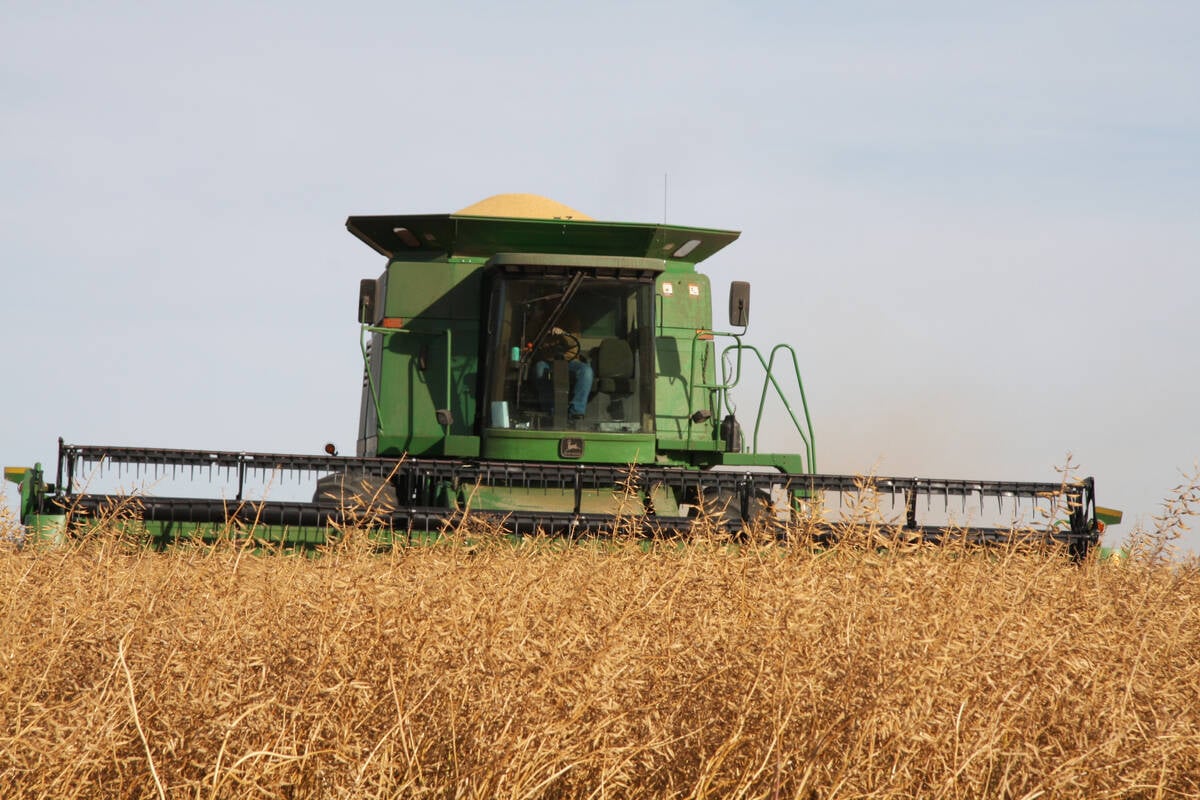WASHINGTON, D.C. — Garbage-in, garbage-out is a big problem for the Big Data revolution in farming.
Americans involved in trying to help farmers gain efficiency from data collection and analysis tools now available say many farmers aren’t doing it right.
“We know there’s a lot of farmers right now that don’t have very clean data,” said Mary Kay Thatcher of American Farm Bureau to North American Agricultural Journalists April 25.
“They just put it in there and they’re making bad decisions because of bad data.”
Read Also

Mustard processor expands in southern Alberta
$30 million expansion for southern Alberta mustard facility adds milling capacity to largest supplier in the world of value-added milled mustard products
The streams of information farm machinery provides is only “actionable” if it is actually accurate, and that can’t always be assumed, said Ron LeMay, the chair of FarmLink, a major provider of big data analysis.
If sensors and mechanical systems are not set right, the information produced can be worse than useless.
“We find farmers that are harvesting corn with their crop type set on chickpeas. Unimportant to them,” said LeMay, noting that his firm often has to throw out 70 percent of the data it receives.
“If you’re not controlling calibration point collection, and you’re not assuring that machinery is in good shape, you’re not going to get good data,” said LeMay.
Often his company prefers farmers to have some monitors or sensors left on factory settings. With that known baseline, companies like his can apply mathematics to produce better results than poorly-set sensors.
“We know how to work with that,” he said.

















